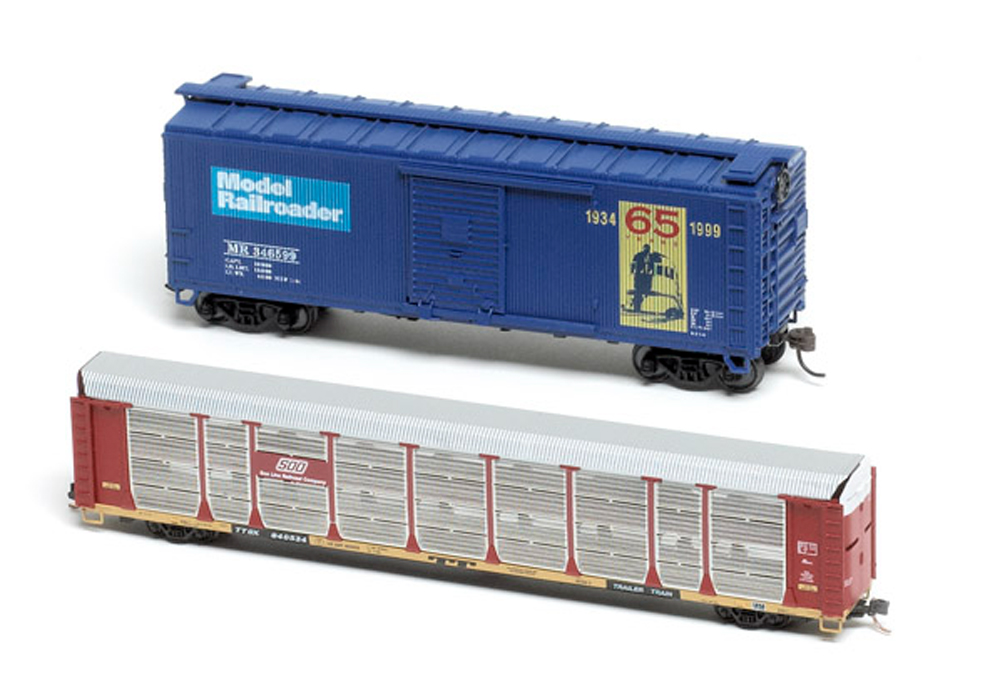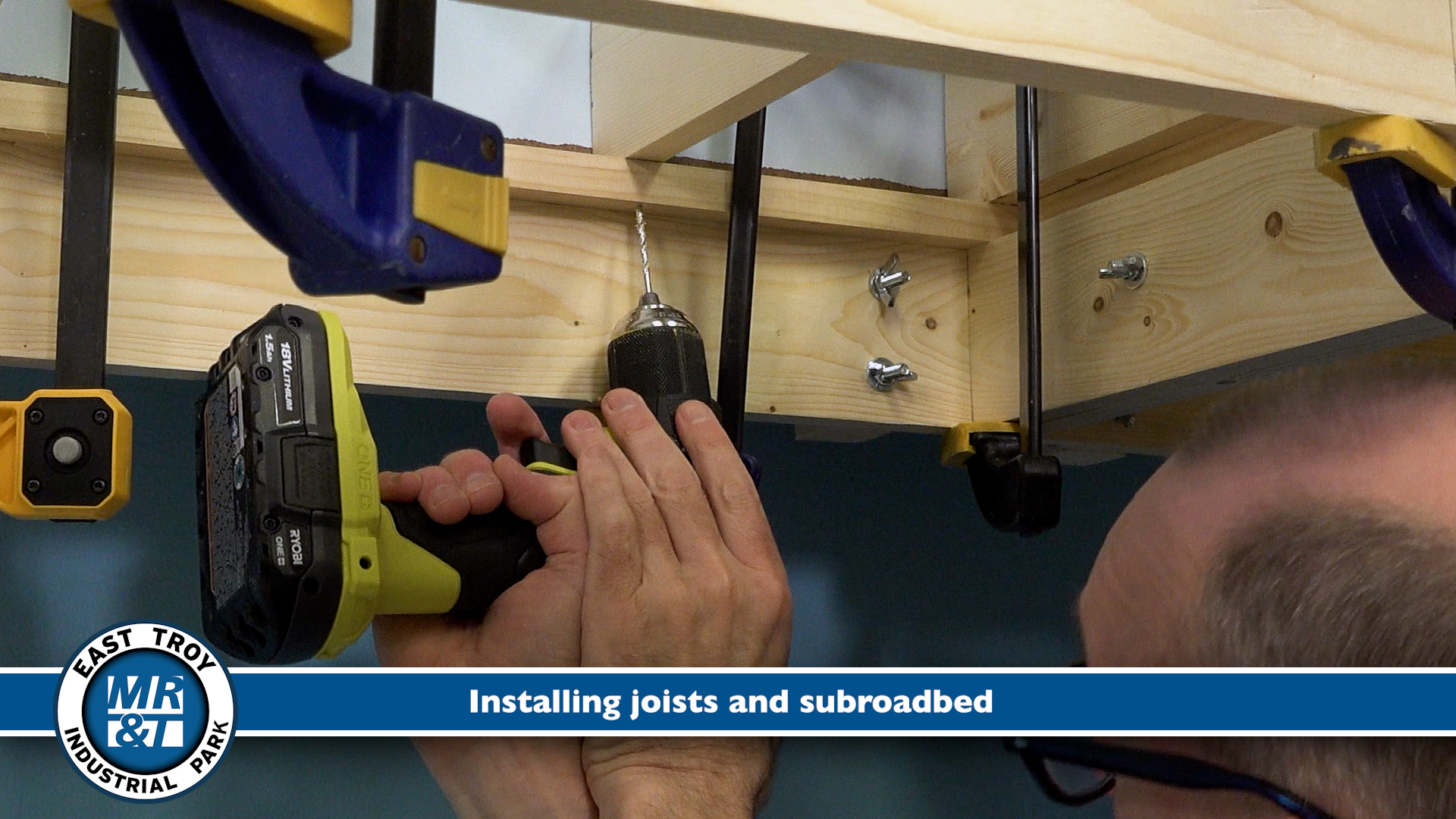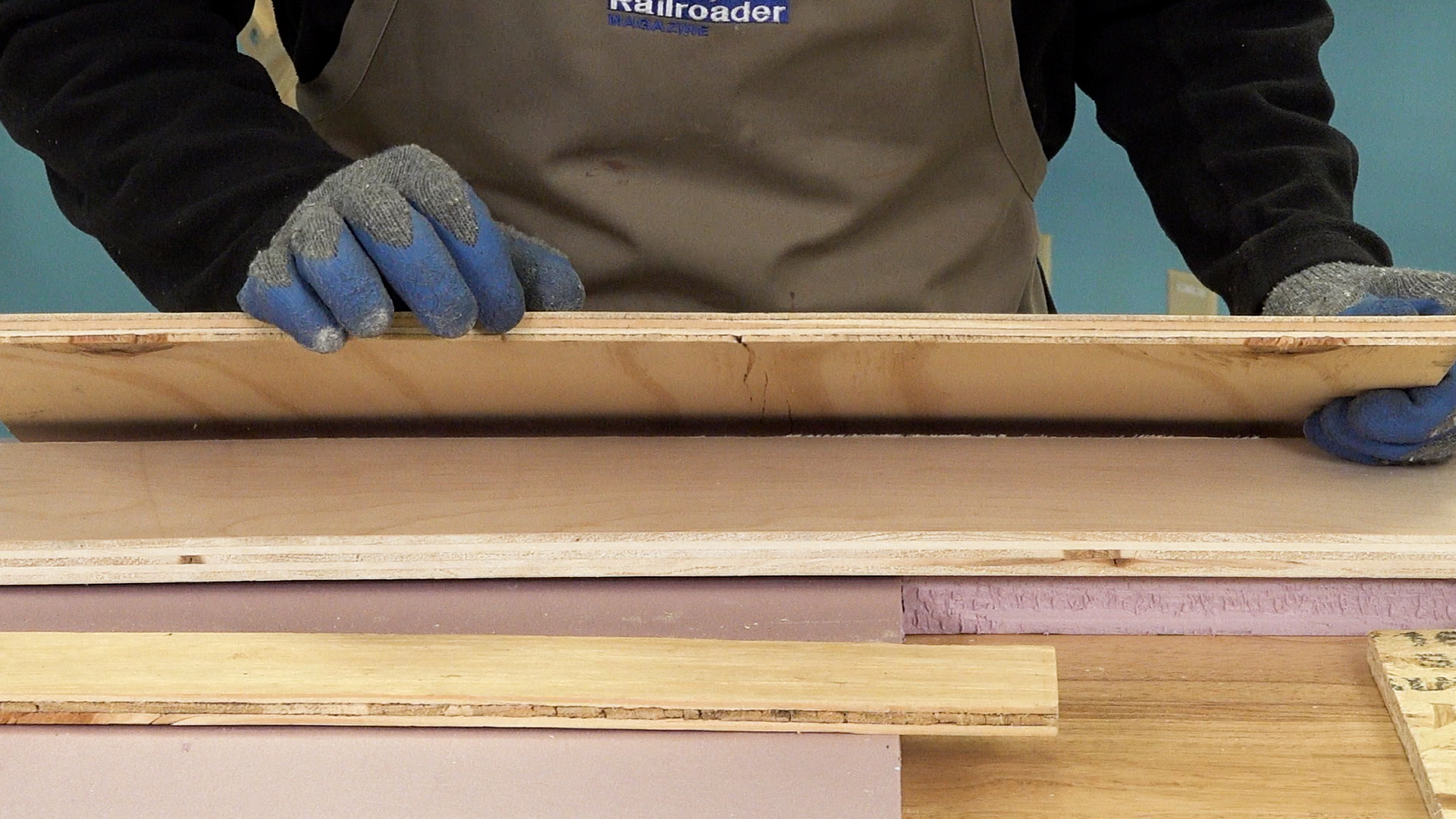
I have no idea how many of these sets Aurora sold, but it wasn’t enough. I remember seeing them piled up in a dime store window in Galesburg, Ill., and being cleared out at 5 bucks each. As disappointing as this venture must have been for Aurora, I’m convinced that those sets helped N become the strong scale it is today.
For one thing, those Minitrix engines were the equivalent in appearance and running quality of most everything the HO modelers had. I fondly recall the F units, and its tiny Pennsy 0-4-0 was amazing. That little peanut of a switcher ran like a fine watch.
But toy companies think big, and in a few years both Aurora and Revell were out of the train business. In the meantime other manufacturers with more moxie in the hobby train field (as opposed to toys) had moved into N scale, including Model Rectifier Corp., Atlas, Con-Cor, Bachmann, and AHM. Con-Cor’s Alco PA-1 was a great engine, as was MRC’s Y-6b Mallet. In general, though, we had to wait about 20 years before we started seeing the range of fine cars and locomotives we have today.
Sectional track geometry – N scale trains on HO curves
One thing that has always intrigued me about N scale is the sectional track geometry selected. Atlas, given its strong market penetration and success with its HO track line, quickly got into N and soon dominated the market with offerings that mimicked those made for HO.
The basic Atlas sectional curve was 9 3⁄4″ radius as opposed to 18″ for HO, and the basic straight was 5″, as opposed to 9″. I don’t know why these specific sizes were selected, but I suspect they were based on the ratio between N and HO. For the sake of convenience we say that N is half the size of HO, but in fact it’s a bit larger, at 54.4 percent. If you multiply that percentage times 18″, you get 9.8″. Voila! There’s your (just over) 9 3⁄4″ N scale curve. And if you multiply the 9″ straight by the same factor you get 4.86″, which rounds up to 5″. (Actually, as Ntrak modelers well know, the Atlas straights are a little longer than that.)
The logic for the Atlas HO track seems clear. The modeler could build a layout on a Ping-Pong table (5 x 9 feet) or on a table built from a standard 4 x 8 sheet of plywood. That logic goes out the window for N scale, though. Perhaps Atlas was thinking of how easy its HO track plans could be translated to N if the same geometry was used.
Back in the 1950s when Atlas developed its HO sectional track with plastic ties, the 40-foot boxcar was the backbone of the railroad industry. Diesel locomotives, such as GP9s and F3s, were about the same length. By the time N scale appeared, though, most boxcars were 50 feet long. Other car types, such as covered hoppers, were just as big. The new generation of diesel locomotives had also grown. Over time, this trend has continued. Today’s N scale 89-foot flat cars and auto racks are longer than an HO 40-foot box. And most modern diesels are around 70 feet long.
Those modeling the 1950s and earlier in either scale can still make a very nice layout with these tight trainset curves (assuming they avoid passenger cars), but those of us modeling more recent eras are in for a tougher time.
For those N scalers who have the room and want to model later periods, I’d recommend 18″ as a curve minimum. (That’s what I use, and my long flats would actually look and run better on even larger curves. Most HO modelers I know who have the room are using a 30″ minimum.) Both Atlas and Kato offer a large variety of larger curve sizes for those who still want to use sectional track. (The Atlas code 55 line goes up to a whopping 71 inches!)
One of the beauties of all this is that N scalers have a wide variety of track plans available to them, including a whole bunch originally drawn for HO. Most small HO plans (especially 4 x 8s) call for 18″-radius curves, so if you build one of these using N scale track, you’ve got your modern era minimum. And as a bonus, you have a more relaxed and realistic layout. Those sidings that would hold two or three cars in HO now hold five or six, and double- and triple-headed engines will look great. You can use longer turnouts, and your scenery features can be grander. Ain’t it wonderful!













